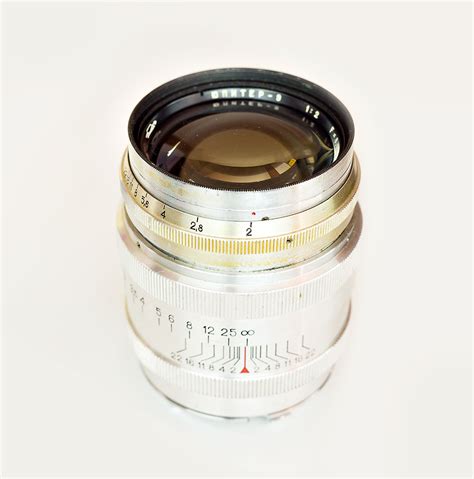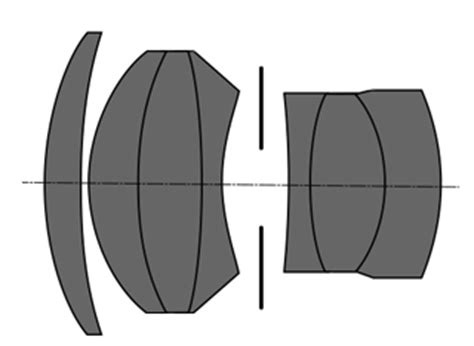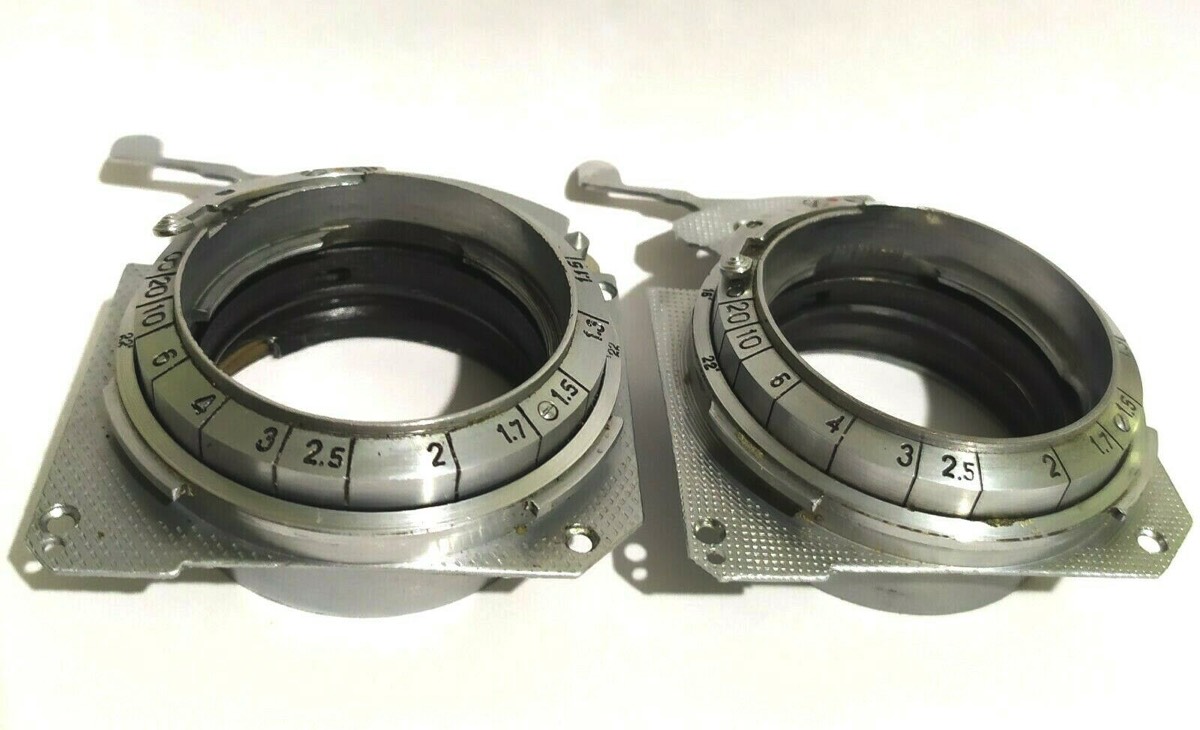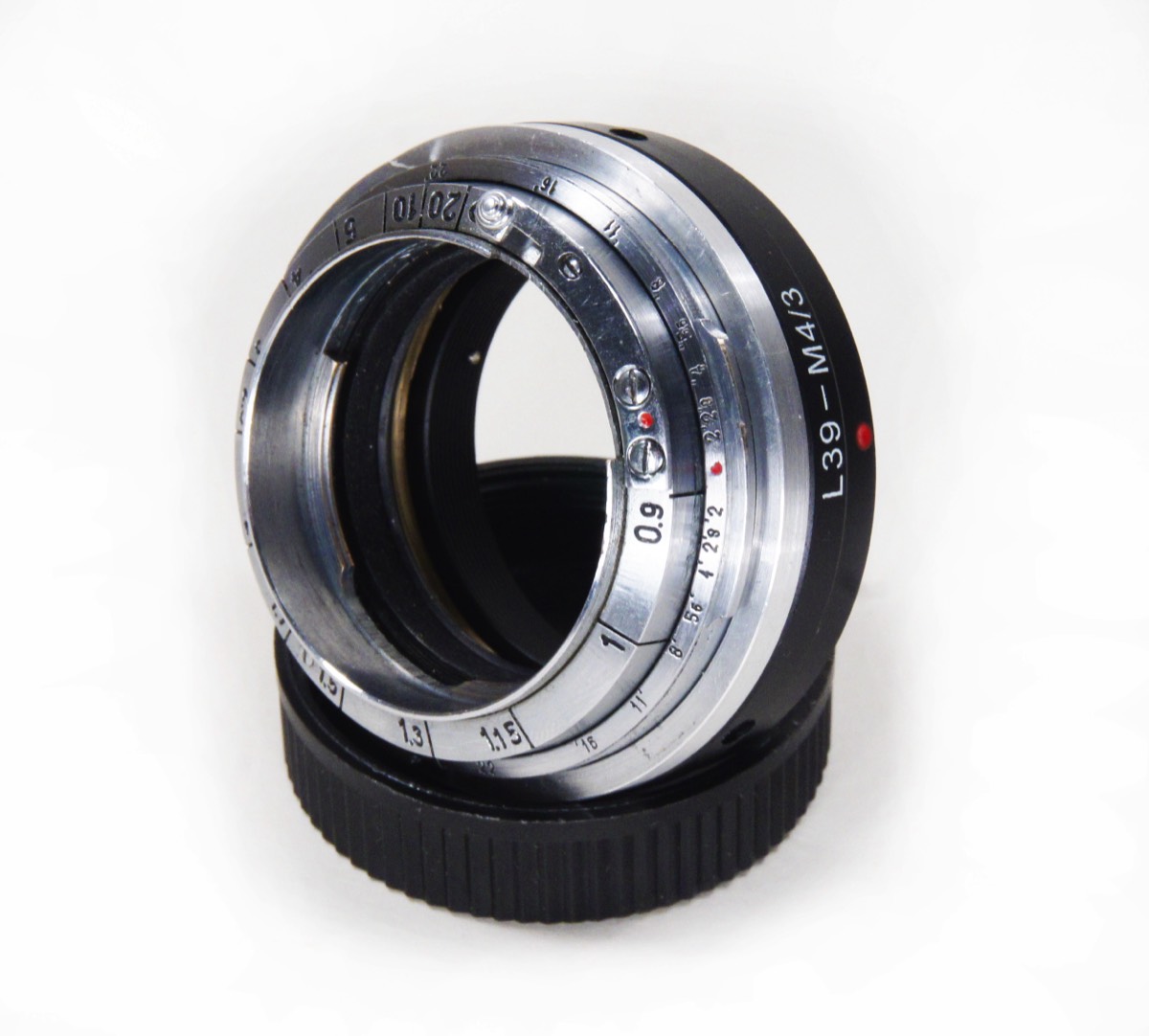The Lens details of a series of images taken by Steve Cushing on mirrorless camera.
Fitting is a duel bayonet Rangefinder (RF) mount with a 34.85mm
Flange Distance - this lens will fit and achieve focus to infinity mirrorless cameras but not DSLRs.
HistorySoviet lenses have a strange background in comparison with their German and Japanese counterparts. Some optical designs, such as the Helios 44 are direct copies of the Biotar and Flektogon series made my Carl Zeiss. The Jupiter 11-A has the Sonnar design. However, what makes them stand apart is that even if they are copies they still have a unique image rendering.
The names of the Soviet lenses often featured cosmic themes rather than optical design names such as Jupiter, Vega, Helios, Tair. In the Soviet era, everything that is connected with space was a trend. And they called the cosmic names of not only for their lenses, but other items such the tape player "Vega" motorbikes "Jupiter," and so many more products. Soviet lenses can be divided in two ways. Sometimes the name states the optical design (Helios, Industar, etc), The second way to clarify them is the brand of the manufacturer (Arsat, Zenitar, BelOMO).
The first way implies that the name of the lens attached specific optical design. This logic is likely to have been borrowed from the German company Carl Zeiss. Historically, after the WWII the Soviet Union brought the reparations of the optical factories from Germany, with raw materials and blanks, and also received the right to use certain optical designs, it is mostly the firm Zeiss.
But as the companies developed, Soviet designers took Zeiss lenses, produced them with Soviet types of glass and put them into production. So developed legendary Soviet lenses. Some optical designs were also invented by Soviet designers. For example Tair, Telear, Kaleinar etc.
This Lens
Jupiter (Юпитер) These lenses has a Zeiss Sonnar design. This is photo lenses for the small and medium format (Jupiter-11, Jupiter 37, the Jupiter-9, Jupiter-21, the Jupiter-36).
The Jupiter-9 85mm F/2 is based on the design of the Carl Zeiss Sonnar lens and is comprised of seven glass elements in three groups. Production on the Jupiter-9 85mm F/2 began in 1948 but was ended in the 1990s.
Sonnars render images differently due to their asymmetric design.
I have two versions of this lens but the one tested is the aluminium early version.
Lens In Use
- When used wide-open, field-curvature and spherical aberration spreads the depth-of-field across the frame, giving a “3-D” look.
- Open up to F4 and the image is sharp across the field.
- Used wide-open, uncoated Sonnars have less contrast and muted colours compared to modern designs.
- Point of focus and limited depth of field gives rise to a unique Bokeh, full of comets and spheres.
- It has an iris consisting of a circular 15-blade aperture.
- Very bad handling of back light (side light is handled well with a hood), it does create some chromatic aberrations.
Contax Rangefinder lenses use a double bayonet fitting. Converters for digital cameras can be very expensive. A cheaper solution is to make your own. Front sections of the Russian made Kiev Rangefinder can be purchased and after cutting of the excess brass can be fixed inside a cheap M39 adapter.








